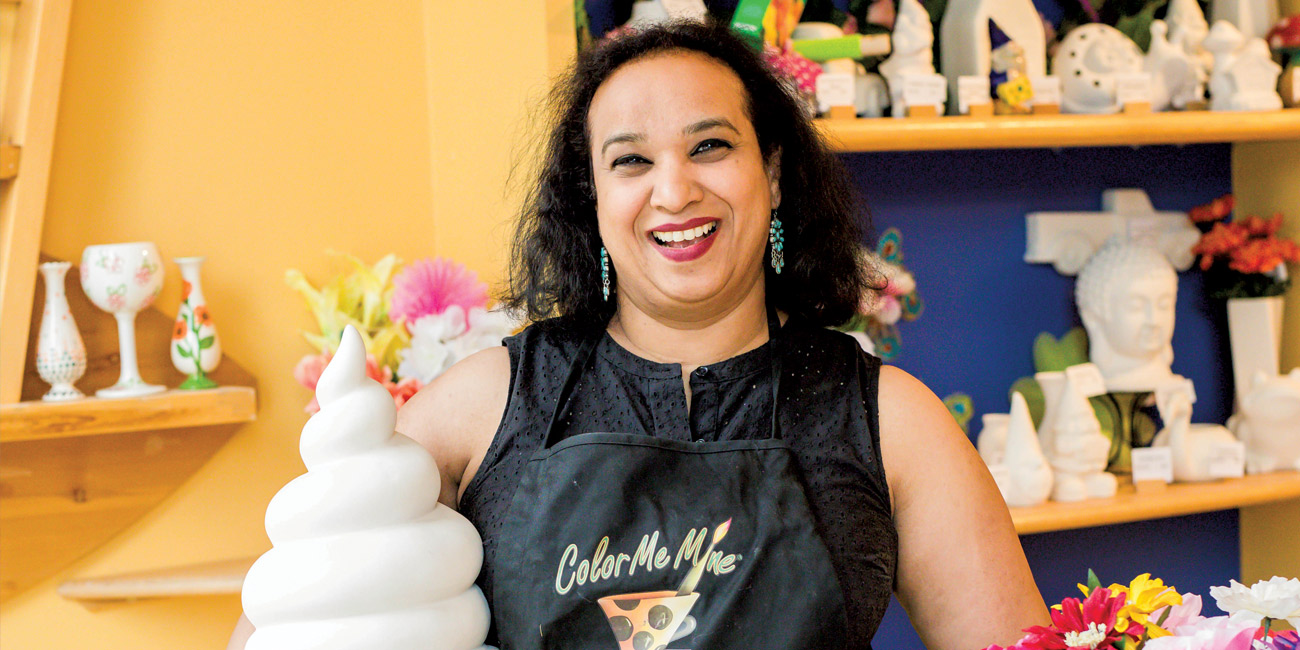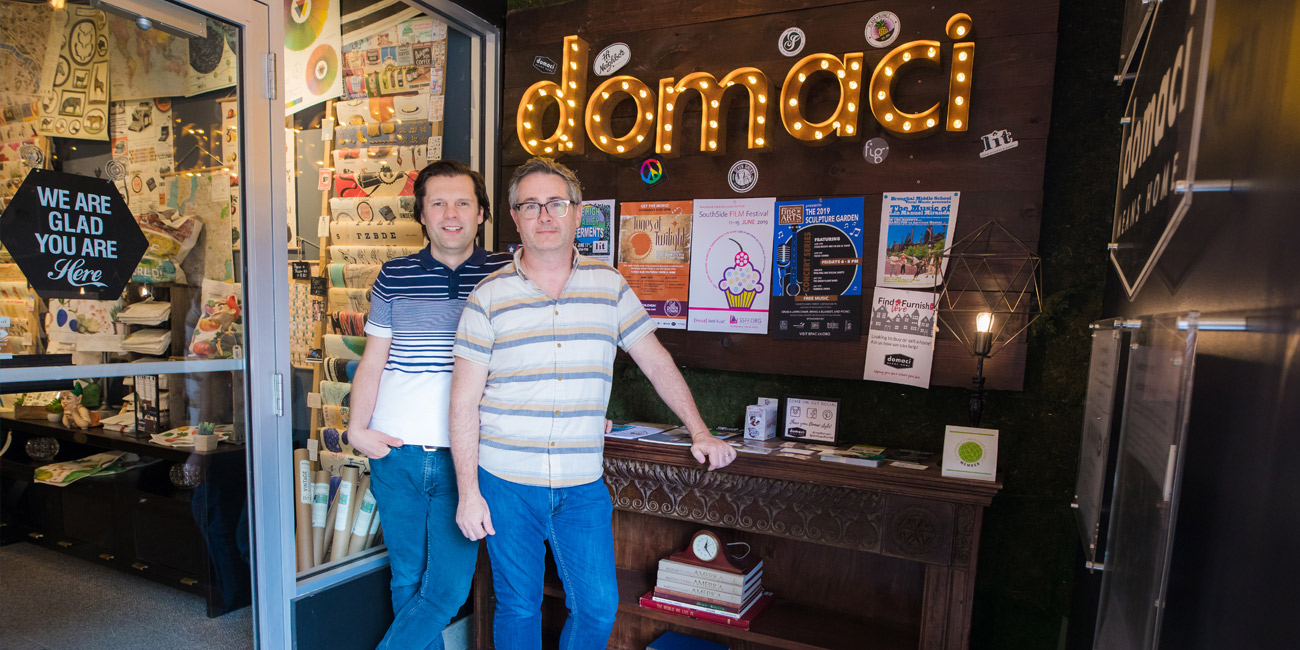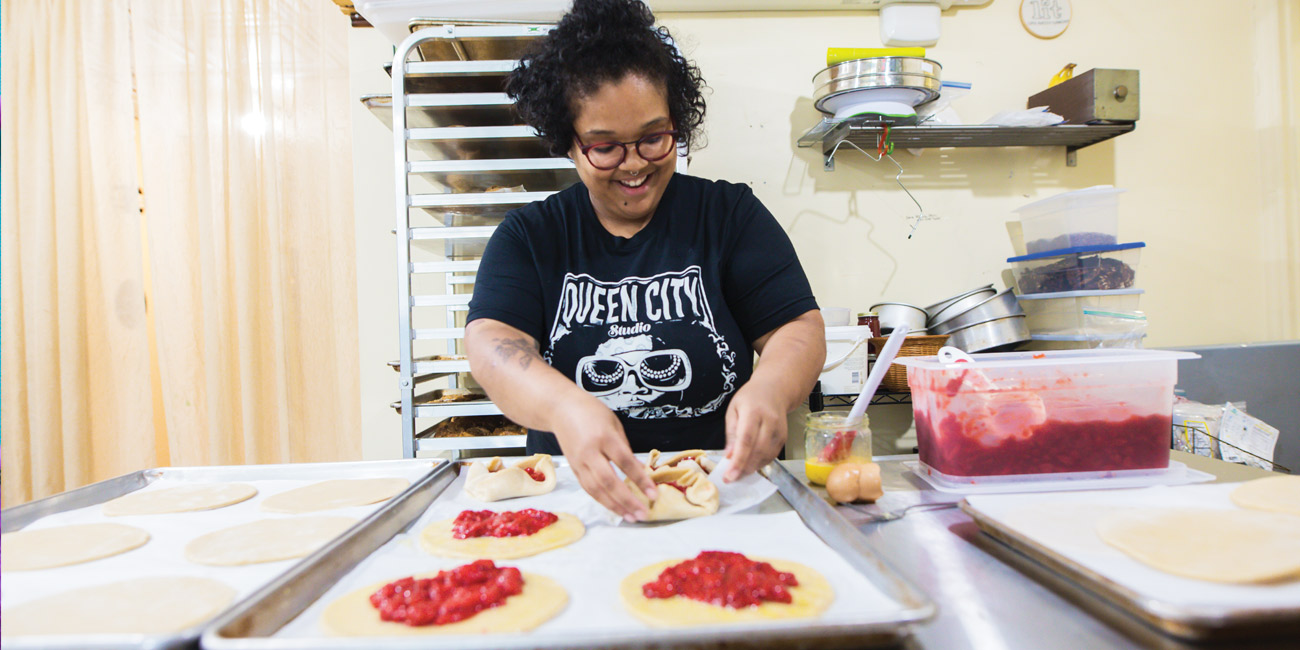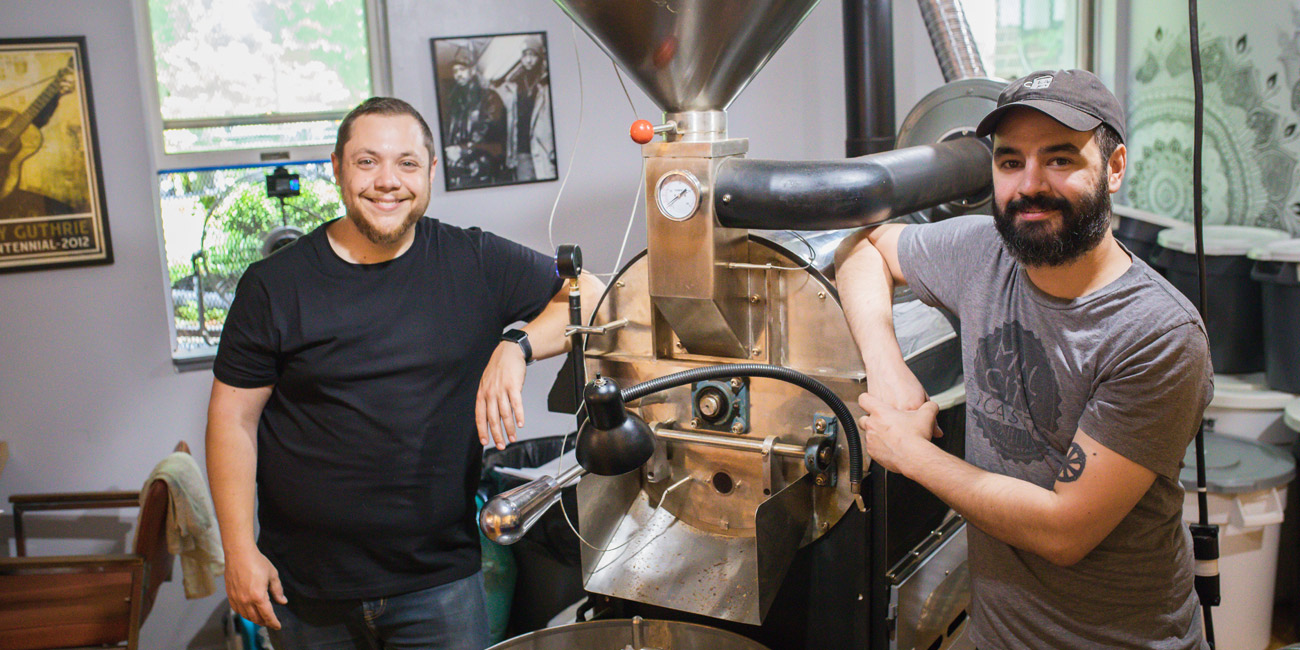When Warren Clark and his partner, Derrick, began exploring a move north after a few years in Austin, Texas, their first plan was to settle back in Philadelphia. It was a move that made sense, not only because Derrick had previously lived in and knew the city well, but also because the couple would be trading one metropolis-sized college town (Austin) for another (Philadelphia).
Little did they know that a spur-of-the-moment side trip to Bethlehem would change everything.
“We were actively looking in Philly and happened to come to Bethlehem the weekend before Christmas one year, and fell in love with the town and knew we could get a lot more home for our dollar,” Clark says. “And at the time, starting our own store was kind of in the back of our minds ... and we knew, in the Lehigh Valley in general but especially in Bethlehem, that the kind of business that we wanted to do, or at least thought the business that we wanted to do, would succeed here.”
The reason for the couple's confidence? To hear Clark tell it, it had everything to do with what they saw, even on that first visit, what Bethlehem was well on its way to becoming: a smaller version of their beloved Austin—“very artsy, very up and coming, with a lot of potential for not just local traffic, but tourist traffic as well.”
Domaci co-owner Warren Clark is among those who see South Bethlehem’s potential.
After initially opening up their high-end home goods store, Domaci, on Main Street in North Bethlehem, the couple made the bold decision last year to make a bet on the South Side. Their expansive new Third Street location, which had been home to Cleo’s Silversmith Studio and Gallery for the 20 years previous, has given them more space to work with—and, access to a broader customer base.
Standing in his artfully arranged space, surrounded by sale items both elegant and quirky (including one of his favorite items, a vintage-era desk from the heydey of Bethlehem Steel), Clark is hopeful better times are ahead.
The Domaci owners aren’t alone in their belief in South Bethlehem. While there are still empty storefronts to be filled, the South Side in recent years has attracted numerous entrepreneurs who have staked their success on a neighborhood they believe to be on the rebound.
Peron Development opened Five10Flats, an apartment and retail building, in 2018 on Third Street between Fillmore and Buchanan streets, across from Northampton Community College. The six-story Gateway at Greenway Park building was developed at Third and New streets, offering offices and retail space, including the top-floor restaurant Zest with its panoramic views.
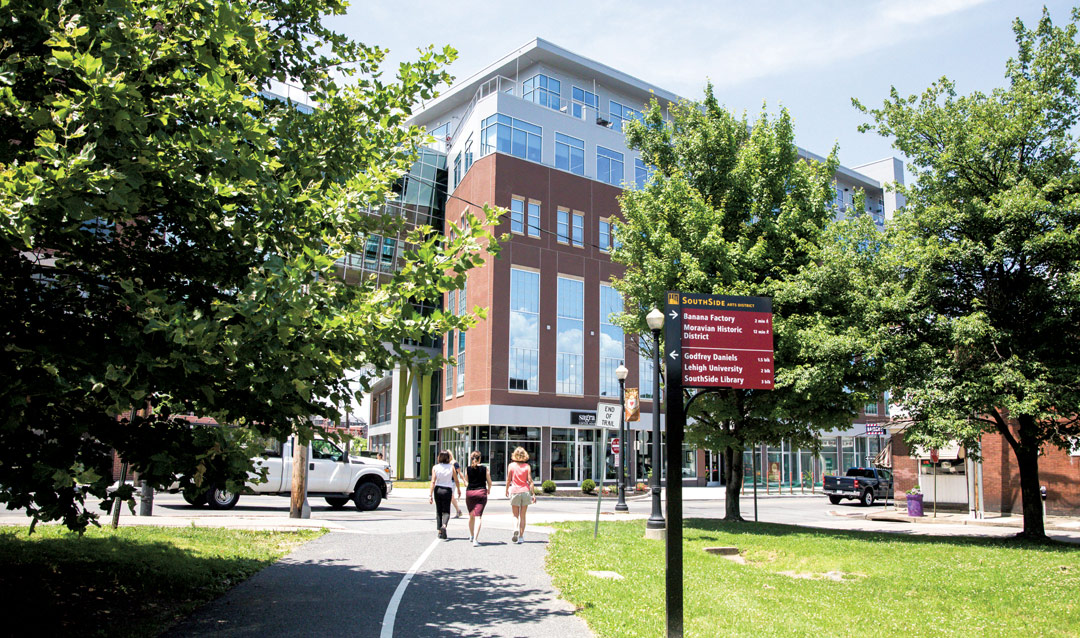
The Gateway at Greenway Park building is among the new investments on the South Side.
Lehigh is an anchor tenant in the Gateway building, along with St. Luke’s University Health Network. The university relocated about 145 employees there from several campus locations, including its controller’s office, real estate services and the development and alumni relations offices. Additional Lehigh staff work a few blocks away in the Flatiron Building on Broadway.
“You could look at it as moving Lehigh’s staff off campus, or you could view it as blurring the borders between campus and the town,” says Lehigh President Simon. “If you go into a lot of urban universities, [the borders are] blurred, and there are some buildings that have a lot of university employees and some that have businesses, and yet the campus still has an identity. But both can coexist in a very productive way.”
You could look at it as moving Lehigh’s staff off campus, or you could view it as blurring the borders between campus and the town.
Staff then not only work on the South Side but also visit its restaurants and stores. Other people are drawn into the community too, if, say, they need to attend meetings.
When Color Me Mine owner Tara Nagabhyru relocated her paint-your-own-pottery studio from The Promenade Shops at Saucon Valley to Third Street in 2015, she quickly embraced her Lehigh neighbors. She had silkscreens made of the Lehigh logo, which are popular for the university’s 5X10 series held in the studio.
Nagabhyru also opens up her 5,000 square feet of space to the community for such events as poetry readings, plays, pet adoptions and fundraisers. She was in her studio for the Spring on the SouthSide festival and chili cook-off, greeting visitors who came to sample chili from Hero’s Kafe, which operates in the Ben Franklin TechVentures on Lehigh’s Mountaintop campus.


